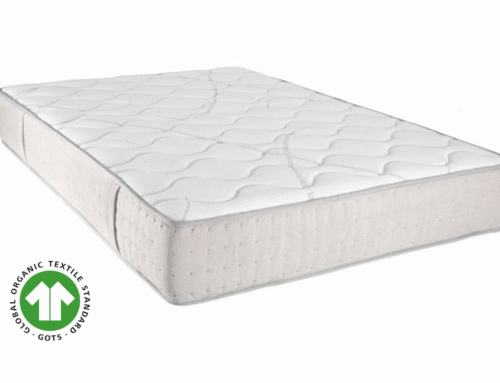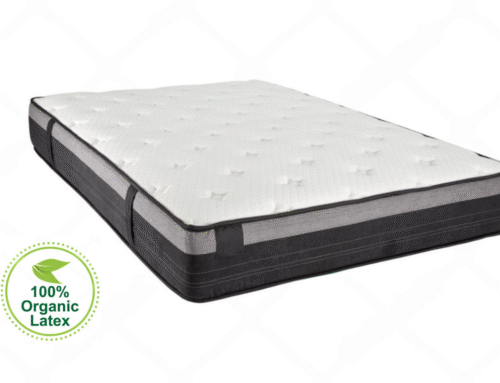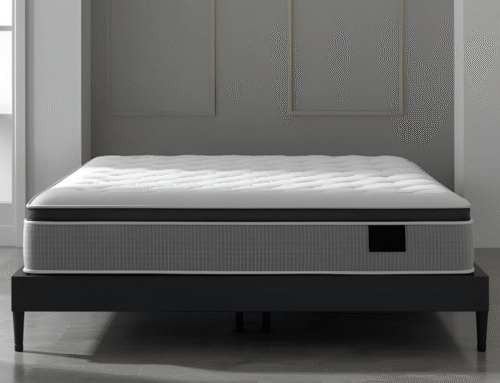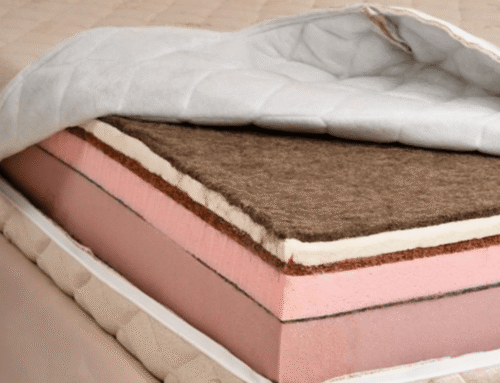If you are looking to buy a new mattress and are being overwhelmed by all the foam jargon, don’t worry, you’re not alone. One of the things that everyone wants to know is: how do foam and latex mattresses differ? That is what we are explaining to you now , in easy, plain language.
Foam mattresses are also praised for their contouring, plush feel that encases the body so closely. They also possess decent motion absorption, which is why light sleepers adore how they keep night disturbances at bay. However, regular foam holds plenty of heat, which may not be ideal for warm climates or hot sleepers.
Latex mattresses are springy and responsive by nature, though. They sink little but still provide good firm support, and most people find them cooler to sleep on than foam. Since natural latex is a product of the rubber tree, it’s typically praised for being long-lasting and eco-friendly, with details like a latex mattress’s materials, feel, differences from memory foam, and benefits all combining to show why it can be a great choice for certain sleepers.
Both types offer unique benefits depending on what someone values in their sleep setup. Foam emphasizes cushioning and pressure relief, while latex highlights support and breathability. We’ll go over comfort, durability, and how each material is made, so the differences feel much clearer by the end.
Key Takeaways
- Foam mattresses provide a soft, contouring feel that molds to your body, giving a cozy sleep. But they can get warm and may wear out faster than other types.
- Latex mattresses feel bouncy and sleep cooler. They are made from natural materials, last a long time, and give steady support.
- Memory foam works well for relieving pressure and keeping noise low at night. Latex, on the other hand, gives more bounce and makes it easier to move around.
- People who sleep hot often like latex because it allows air to flow and keeps the surface cooler through the night.
- If you care about durability, proper spinal support, and a cleaner sleep space, natural latex mattresses could be the better choice.

Comfort
Foam mattresses, especially memory foam, provide that gradual and conforming feel where the body appears to sink into it and is supported. Many sleepers like how this softness takes pressure off shoulders and the hips and can be especially helpful for side sleeping or individuals with joint pain. The feel is closer to a soft cradle that wraps around the body when sleeping.
Latex beds, on the other hand, create a very distinct comfort. Instead of sinking in, latex has a springy uplift that spreads out the weight evenly on the surface. This responsiveness creates ease in moving around without getting stuck, which can be useful for sleepers who move much throughout the night. The feel is buoyant, almost as if the bed is pushing back lightly and still feels comfortable.
Adjustments for a softer feel and optimal thickness enhance the comfort and support of a latex mattress. It is truly a choice of personal preference. Foam gives a more melting, body-hugging comfort that will suit individuals who prefer a deeper contour. Latex gives an even balance of firmness and rebound that will suit sleepers who would want a surface that is supportive and lively throughout the night.
Support
Support is a major contributor to alleviating back pain, and memory foam tends to receive criticism for how it conforms to the body. Initial contouring can feel pleasant, but lower-quality foams tend to lose their shape over time. When that has occurred, the spine falls out of alignment, which can contribute to discomfort rather than alleviating it.
Latex beds usually get credit for how consistent they are. The material will return even, keeping weight distributed so the spine remains in a neutral position throughout the night. This evenness can be more dependable for a person requiring long-term support, particularly over softer foams that sink too far.
Ultimately, memory foam does have a comfortable charm at first, but latex is more likely to offer better and more lasting support. For people who experience back pain, a firm and responsive bed that will remain that way for decades can be the best option for sound sleep and spinal integrity.
Durability
Lower-density foam mattresses develop wear earlier than they should. Uneven spots and body impressions are visible in just a few years, and even premium memory foam typically lasts for approximately seven to eight years before it starts to lose support. This is a good length of time, but not as long as more robust materials.
Latex mattresses, particularly natural latex mattresses, last much longer. Most can maintain their shape for 10 to 20 years before sagging or losing their firmness as rapidly as foam. Latex’s elasticity enables it to endure pressure without losing comfort, which is why it is viewed as a more durable investment.
Where durability is concerned, latex is definitely the winner. Foam can suffice for short to medium usage but is overpowered by latex where longevity is a priority. As time passes, wear and tear becomes apparent, and this is why latex is generally viewed as the mattress that gets the job done.
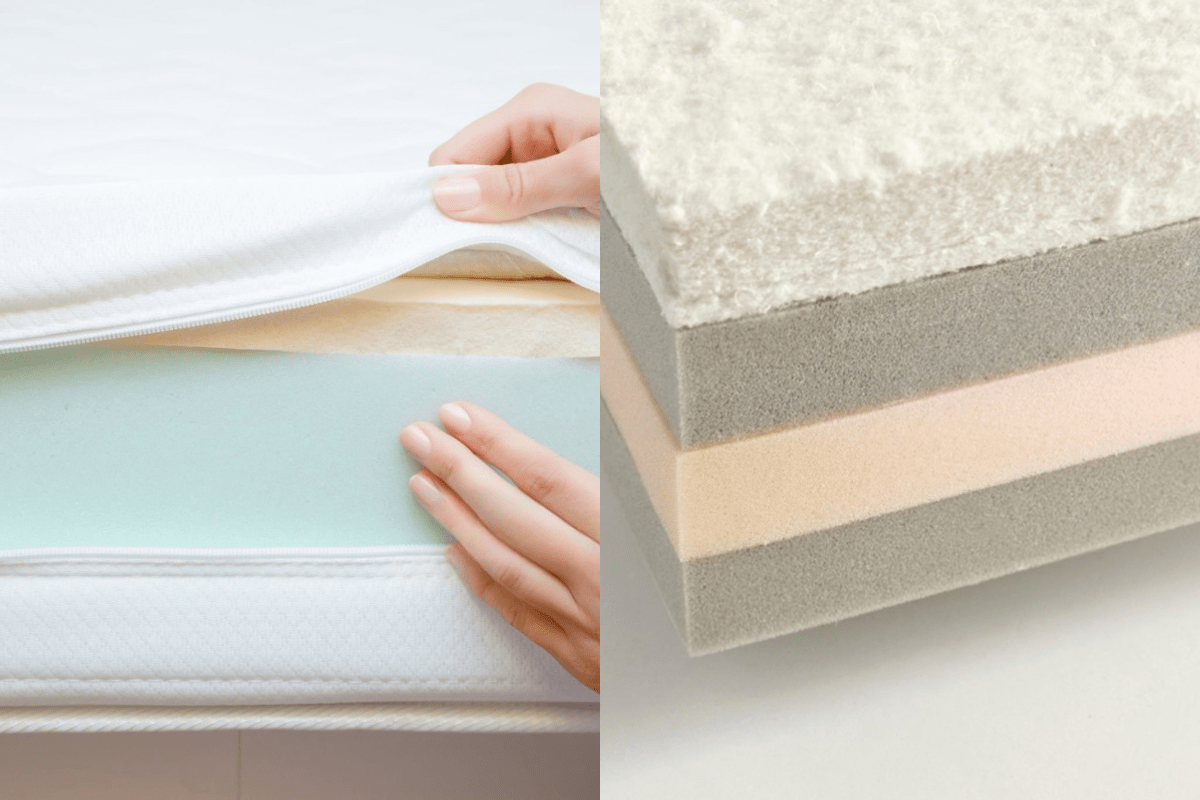
Materials
Foam mattresses typically depend on petroleum-derived components, which may be comfortable initially but tend to get hot and degrade faster. A few of the newer foams incorporate plant-based components, but they are still largely man-made and don’t necessarily address issues regarding durability or breathability.
Latex provides a more extensive choice, from natural to synthetic and blended types. Natural latex, harvested from the sap of the rubber tree, is preferable as it is more environmentally friendly and less reliant on harsh chemicals. Synthetic latex attempts to replicate the feel but falls short in durability and overall support.
To those who are worried about cleaner products and being environmentally friendly, natural latex usually presents itself as the healthier alternative. It tends to be longer-lasting, cooler, and excludes most of the additives that have been associated with synthetic foams, which makes many turn towards it in favor of chemical-laden foams.
Pressure Relief
Foam, particularly memory foam, is renowned for the manner in which it relaxes tension in the body. It molds itself closely to curves, and this can serve to relieve pressure from sensitive spots such as the shoulders and hips. Most side sleepers and those suffering from aching joints tend to prefer foam due to this reason.
Latex responds to pressure relief in another way, providing a better-balanced feel. Rather than slowly conforming, latex transfers weight more evenly to the surface. The feel is buoyant instead of sinking, yet still provides pressure relief without that deep hug. This method tends to appeal to individuals who like a slightly firmer, lifted feel.
Both provide comfort, although the sensation is different. Foam produces a softer, melting sensation that some individuals adore, while latex provides a responsive cradle that is supportive without feeling too soft. The decision is usually based on whether a person prefers a slow, cushioned shape or a springier, even-pressing support.

Temperature
Traditional memory foam is hot, and this can be a problem at night. Even foam with the addition of gel or open-celled construction will sleep warmer than anything else. People who sleep hot may find that even these foams only help so much when it comes to temperature control. Latex is a naturally cooler sleeping surface. Air can pass through it more easily because of its porous nature, and many latex mattresses also have small holes for better airflow. Unlike memory foam, latex is not a heat-trapper so that the surface stays cooler and less stagnant during the night.
For comfort-oriented sleepers who prefer not to overheat, latex materials provide a good solution. They breathe, but they don’t alter support, which can negate tossing and turning caused by overheating. Latex typically does a better job of foam when sleeping cool and stable.
Motion Transfer
Bed-sharing emphasizes a mattress’s ability to deal with movement. Foam mattresses, particularly memory foam, will perform well since the material dampens movement rather than transferring it across the surface. A partner getting on or off bed is not as likely to wake up somebody who is already asleep. Latex has some advantages as well, but it will always feel more springy by nature. That springiness can pass on more motion, which may be bothersome if a sleeping partner changes positions frequently. Thicker comfort layers minimize this, however, so not all latex mattresses are the same in this regard.
For couples who enjoy a quieter night’s sleep, foam typically offers better motion control than latex. Although latex may still present a comfortable and long-lasting choice, those particularly sensitive to disruptions enjoy the quieter texture of foam.
Eco-Friendliness
Natural latex mattresses are attractive to those who value sustainability. They are biodegradable and come from renewable materials, frequently manufactured without toxic chemicals that degrade the environment. Opting for latex is a more environmentally friendly lifestyle choice. Traditional foam mattresses are petroleum-based, and even plant-based foams are usually blended with synthetic materials. Both of these options take decades to decompose and tend to end up in landfills. Natural latex is a cleaner option with less environmental impact.
Durability contributes to the environmentally friendly appeal since latex mattresses are longer-lasting than most foam types. Having fewer replacements translates to less waste in the long run, and their sustainable manufacturing means they utilize fewer nonrenewable resources. For anyone looking to reduce environmental footprint, latex is a responsible option.
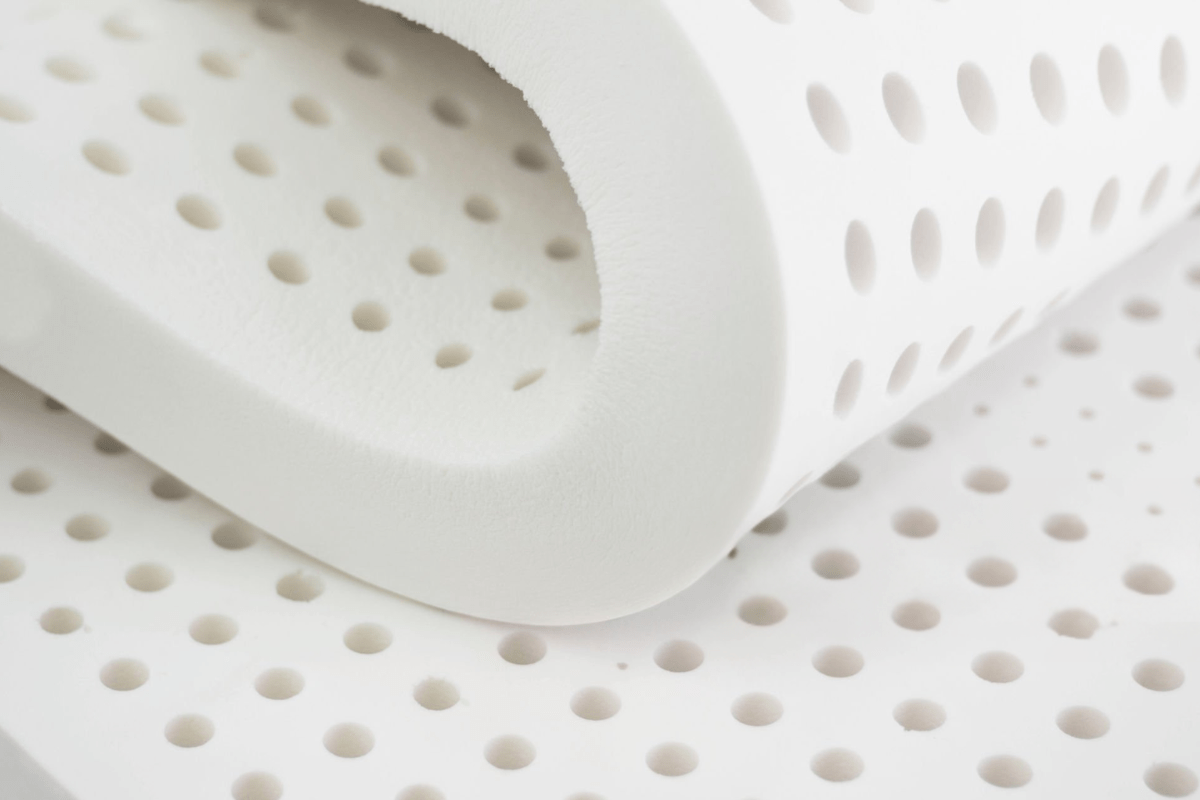
Which One Should You Choose?
Memory foam mattresses are great for sleepers who like deep pressure relief and that sense of “sinking-in,” and they can be very comfortable against the body. They are softer, which is comforting to some sleepers, but lower-density versions will break down quicker over the long term. Wear and tear can be a problem, so replacement could come more quickly than anticipated.
Latex beds provide a firmer level of support, which maintains the spine in its correct position and dissipates pressure points as well as staying cooler at night. The substance is naturally durable and resists breaking down more easily, making it a good choice for people who value longevity and natural materials. Sleepers tend to enjoy the rebound and responsiveness of latex.
Both styles cater to different needs and preferences. Budget, longevity, and comfort are major factors in choosing, while natural aspects or cooling factors might influence the decision for others. Each mattress has a distinct feel, and the decision is ultimately based on individual priorities and sleeping habits.
Final Thoughts
Foam mattresses provide a soft and sinking sensation that cradles the body and inhibits motion transfer, whereas latex provides a responsive elevation with breathability and endurance. One hugs closely, the other promotes a lighter and springier sleep. Each caters to various sleeping styles and body profiles.
Sleepers adore how foam removes pressure points along the shoulders and hips, easing pain, and latex gives spinal alignment without generating heat. Varying comfort and support depend on firmness levels, and small changes create a significant difference in how comfortable the night is. Both will have to be tested to determine which will suit personal sleep requirements.
Knowing what makes foam and latex different makes the decision an educated one. Sleep quality is enhanced when the bed is able to match sleeping habits and body weight. Investing time into researching options ensures nighttime sleep and morning wake-up without pain, including storing, moving, cleaning, cutting, knowing the weight of, and eliminating any smell from a latex mattress.

